Big Tree Trail, Meares Island Tribal Park
Description
The Big Tree Trail at Wanachus-Hilthuuis (Meares Island) Tribal Park is under the stewardship of the Tla-o-qui-aht Tribal Parks Guardians. Tribal Parks are a modern approach to park management based on Traditional Teachings.
Originally built in 1984, the trail was constructed by Tofino ornithologist Adrian Dorst and his friends, as the Tla-o-qui-aht, together with environmental organizations, were successful in protesting MacMillan Bloedel’s intent to log Meares Island.
This trail is a mix of rainforest floor and cedar plank boardwalk. For more information visit Tofino Trails, or email us at info@thecedarcoast.ca.
Where
Meares Island
When
Year-Round
Group Size
12 passengers per boat
Length of time
3.5km roundtrip or ~2 hrs
Cost
Inquire for details
Core Competencies
Specific Competencies
Teacher
Teacher Info
Optional Assignments
Subject Connections
Related Programs
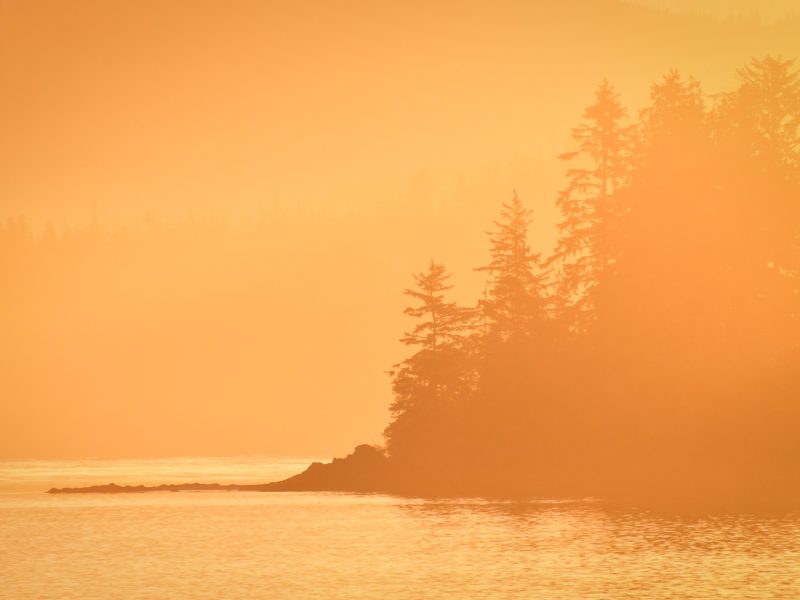
Big Tree Trail, Meares Island Tribal Park
The Big Tree Trail at Wanachus-Hilthuuis (Meares Island) Tribal Park is under the stewardship of the Tla-o-qui-aht Tribal Parks Guardians. Tribal Parks are a modern approach to park management based on Traditional Teachings.
Originally built in 1984, the trail was constructed by Tofino ornithologist Adrian Dorst and his friends, as the Tla-o-qui-aht, together with environmental organizations, were successful in protesting MacMillan Bloedel’s intent to log Meares Island.
This trail is a mix of rainforest floor and cedar plank boardwalk. For more information visit Tofino Trails, or email us at info@thecedarcoast.ca.
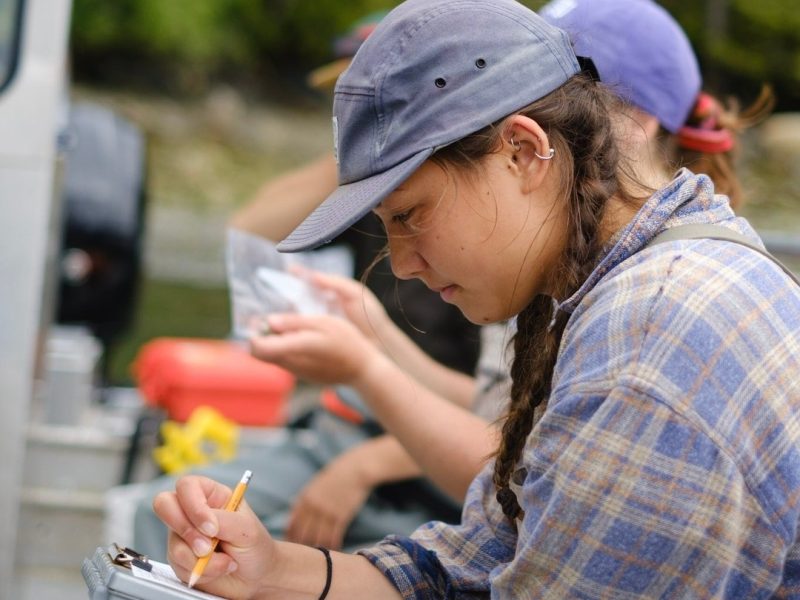
Biodiversity Surveys
Explore the rocky intertidal or bog forest biomes through the lens of species abundance and diversity. Students will be introduced to quadrat sampling- a research technique used to gather data in the field about populations, zonation, and overall species health. Biodiversity surveys help to establish ecological baseline data so that we can monitor changes in local plant and animal populations over time. This program provides a perfect balance of unstructured time for exploration, and an educational opportunity for students of all ages to participate in ecological research.
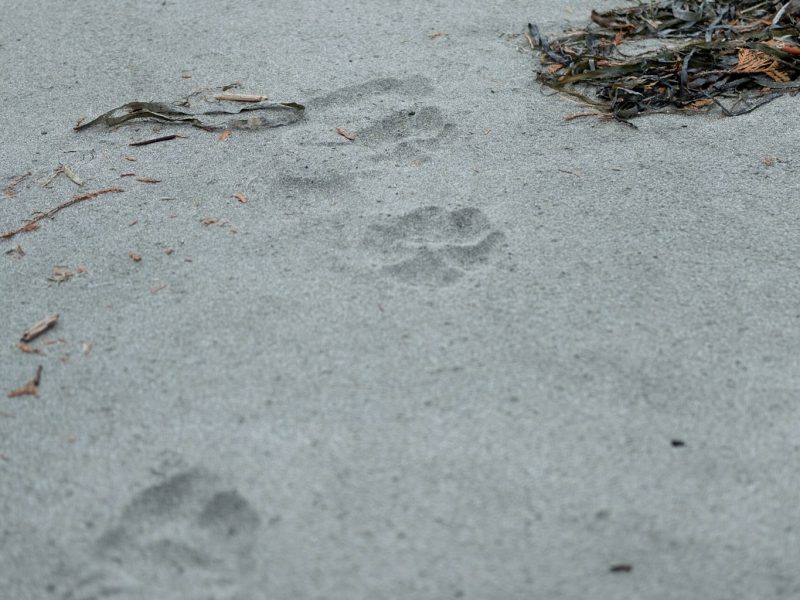
Coexisting with Coastal Wolves: Local Stories & Remote Camera Monitoring with Marcie Callewaert
Learn about local animal population monitoring through wildlife camera traps. Motion sensor cameras take photos of animals passing by and record the date, time, and temperature of the sighting. Reviewing the data helps us develop baseline data for the diversity and abundance of local animal populations. Wildlife cameras also help us monitor changes in diversity, abundance and animal behaviour over time. Encouraging students to set up a trail cam on their first day to Vargas Island provides an opportunity for students to learn from the land mammals we share this environment with.
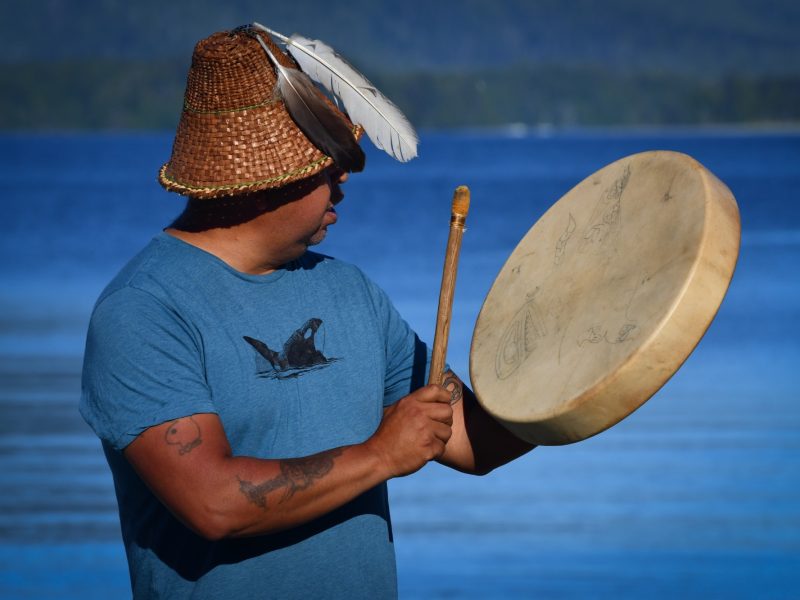
Cultural Speakers from the Nuu-chah-nulth Nations
CCAE is operating within the traditional territory of the Ahousaht First Nation. In collaboration with knowledge holders, we are offering the opportunity to connect visiting youth with local knowledge and Indigenous ways of knowing. Speakers will share stories, cultural history, and discuss how language, culture, and place intersect.
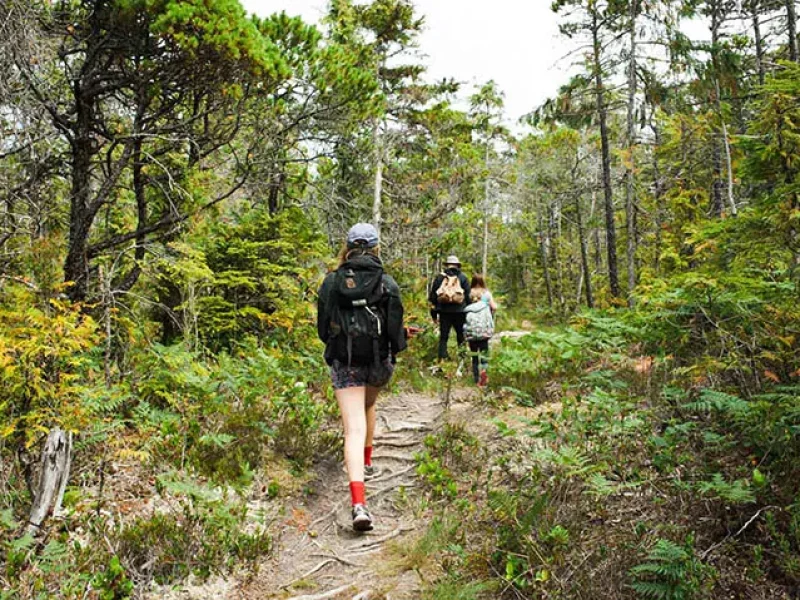
Hike to Ahous Bay & Local Plant ID
This hike is not for the faint -hearted! It is an unmaintained trail within the Vargas Island Provincial Park which navigates through a coastal bog ecosystem. Our educators will share knowledge about the stunted shore pines, edible berries, and carnivorous sun-dew plants found along the way!
Upon arrival of your destination, a long white sandy beach directly facing the wide Pacific Ocean awaits. Here, there are certain species of barnacles and seaweeds that only thrive in exposed coastline- not found near the field station. If the tide is right, walk north along the beach to a freshwater lagoon where eagles, osprey, wolf tracks and juvenile salmon are often spotted.
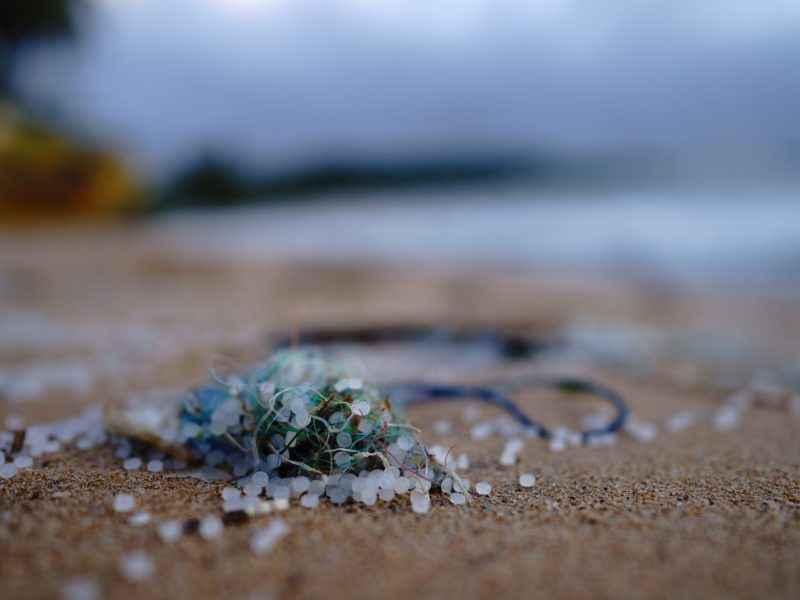
Micro-Plastic Surveys &/or Beach Clean Up- Partnership with Surfrider Foundation
Following the same methodology as the Ucluelet Aquarium, we can monitor how micro-plastics are deposited in the marine environment. We have information on the ecological impacts of micro-plastics on the marine ecosystem but we do not yet know how ubiquitous micro-plastics are in coastal BC. Students will conduct a survey on a Vargas Island beach so we can learn how and which micro-plastics are being deposited on our beaches.
